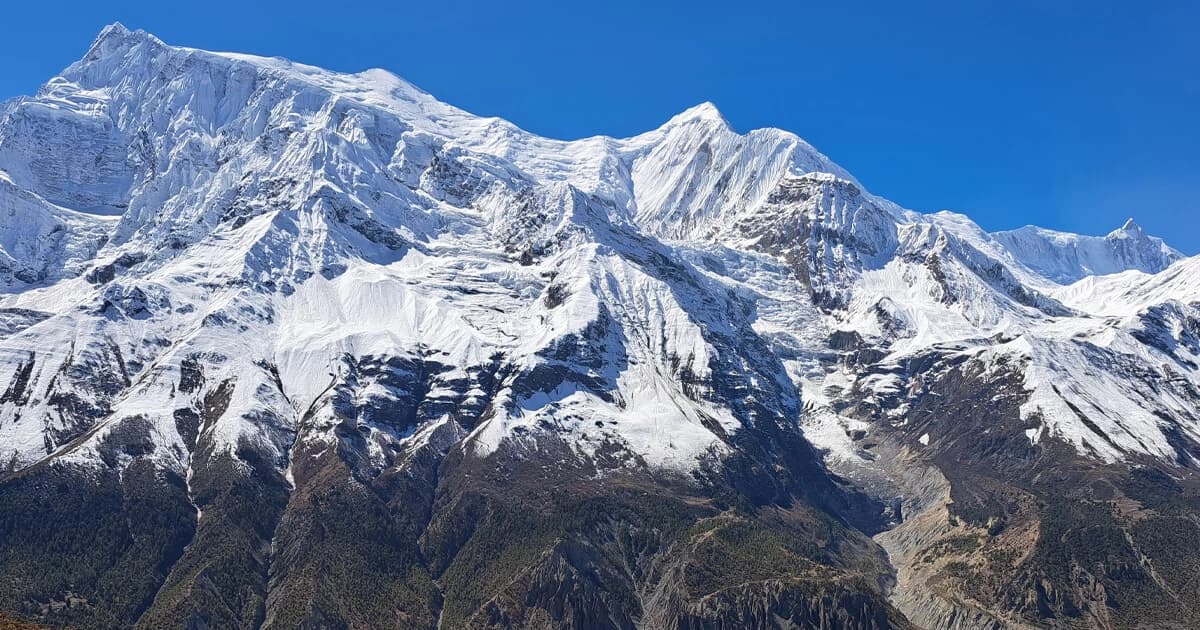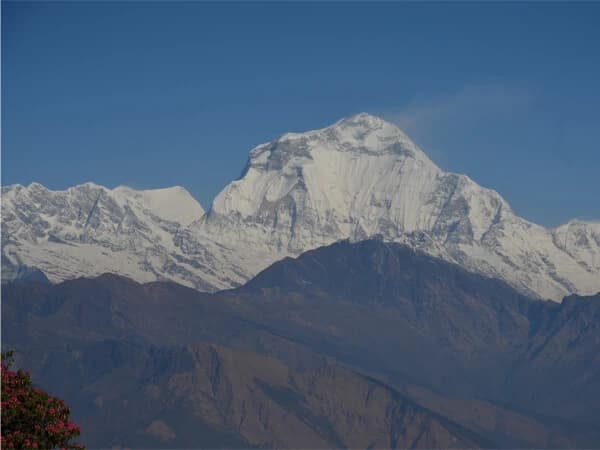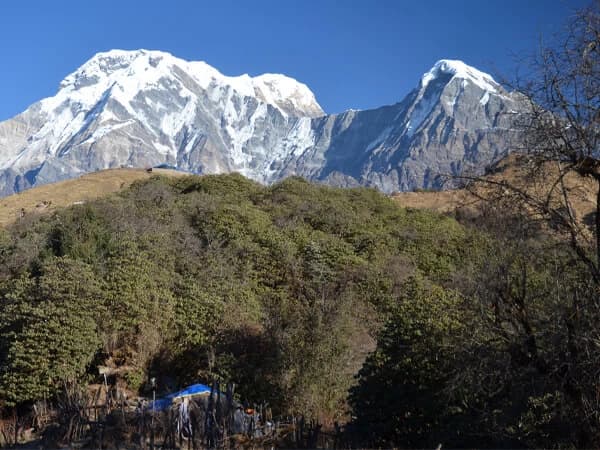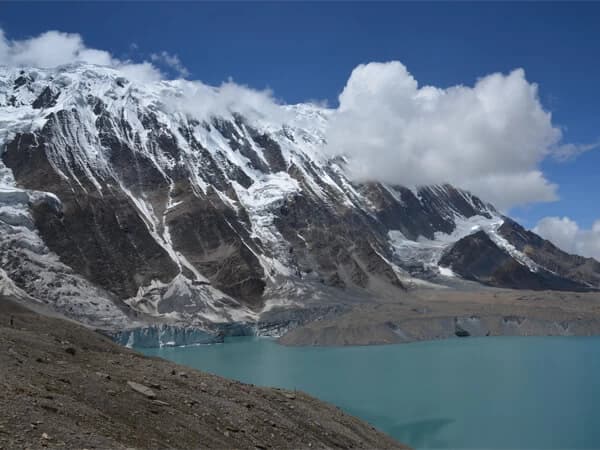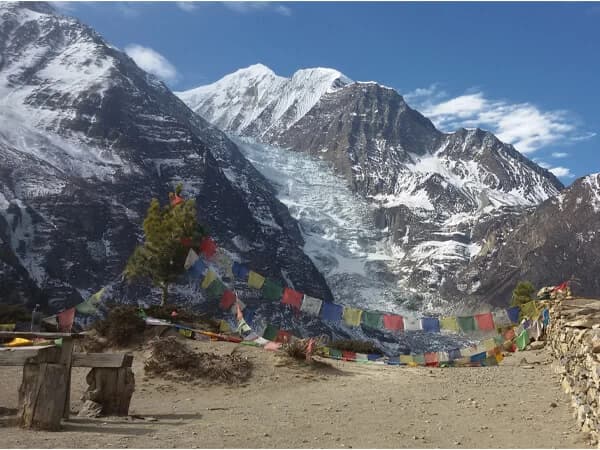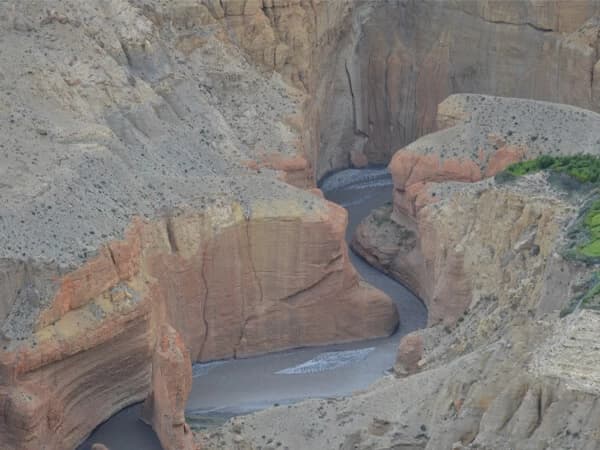The Annapurna region has a wide range of options for trekkers, from a day trek to a month-long trek. It has many scenic viewpoints, and you can experience the Annapurna massif and its surroundings. The culture and climate are very diverse in the Annapurna region. In the lower altitude, you can see the Hindu culture, and in the higher part, the Buddhist culture. Annapurna I and Mt Dhaulagiri are two mountains over 8000 metres high, standing with many incredible snow-capped peaks. Both the autumn and spring seasons are good for planning trekking and climbing trips in the Annapurna region. The popular treks in Annapurna region are Annapurna Base Camp, Ghorepani Poon Hill Trek, Mardi Himal, Khopra Danda trek which can be done from couple of days to weeks. The Annapurna Circuit trek trail is the longest trek route of the Annapurna region, but now it can be shortened as transportation services are available there. One can enjoy the stunning sunrise from many viewpoints, and the scenery of the trek to this region is amazing. It is popular for both trekking and climbing; however, for peak climbing Everest Region is more popular and has a much bigger variety for climbers. For both beginner trekkers the experienced trekkers Annapurna region is suitable for planning a trekking trip. The springtime trek can be even more fascinating for trekkers in Annapurna as there are a lot of rhododendron forests, and the whole forest looks colourful.
Accommodation and Meals in the Annapurna Region
The Annapurna region has really good tea houses for accommodation, and meals are basic but really good enough. At the lower altitude places, there are tea houses that have a hot shower and a restroom even inside the room. As higher you go, the the teahouses are more basic and especially to Annapurna Base Camp, Machhapuchhre Base Camp, Himalaya. Dovan has got quite basic tea houses, and due to limited tea houses during peak season, it is hard to find accommodation in these places. In most cases, if you are planning your trip to Annapurna Base Camp then you may expect to have accommodation in a shared room. In other places during the Annapurna Base Camp trek route, you can get a private room for accommodation. Towards the Annapurna Circuit, there are only limited tea houses in Throng Phedi and Throng High Camp, so only in these places, you may be prepared to stay in a shared room. The lower places have enough tea houses, and you can have a private room in a tea house for accommodation. Meals are generally better in the Annapurna region compared to other trekking routes of Nepal.
Trekking Permit Cost of the Annapurna Region and Procedure
Trekkers need to have two permits for the treks in the Annapurna Region. The cost of the Annapurna Conservation Area Permit (ACAP) is Rupees 3000 per person and Rupees 1000 per person for the SAARC nationalities. The other permit you need is the Trekkers Information Management System (TIMS) Card, and it costs Rupees 2000 per person and Rupees 1000 per person for the SAARC nationalities. While planning a trip through a trekking agency from Nepal, the company arranges the required permits upon providing the data of your passport, photo and required fees. If you are planning a trek on your own, then you have to go to the Annapurna Conservation Area office in Kathmandu or Pokhara with your passport and passport-size pictures - two copies- and you can apply for the permits by paying the required fees. The cost of permit fees does not differ whether you are planning a day trek or a several-week trek in the Annapurna Region. The permit won't be valid after you check out from the ACAP check post.
